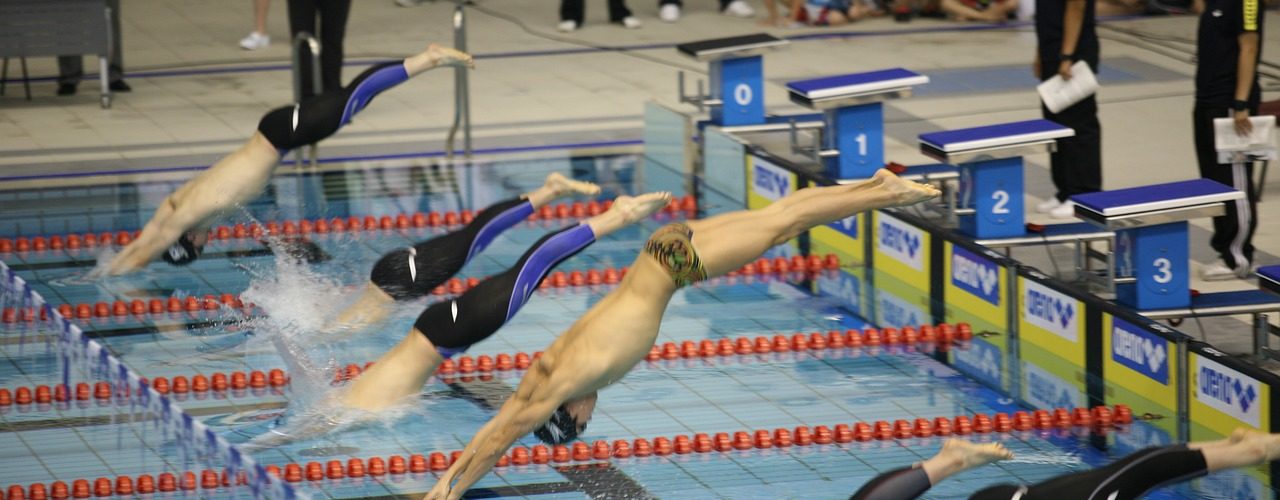Technology doping: does technology belong in the sporting world?

Technology has begun to dominate our day-to-day lives, but that doesn’t mean that it belongs in every aspect. Claire Thomson examines how technology was used to enhance sporting performances
As technology has evolved through the decades, it has changed the face of the planet and incorporated itself into almost every aspect of our day-to-day lives. The sporting world is no exception to this development with equipment constantly becoming more and more advanced, and athletes performing to higher standards than in the past. However, sporting technologies, in many instances, have been taken too far and are now being classed as “performance-enhancers” – a form of doping. When the true meaning of sports centres around “human spirit and effort”, should technology really play such a major role?
In general, swimming is a relatively ‘technology-free’ sport with the majority of advancements made solely in textiles. However, one of the first notable examples of technology doping was the LZR swimsuit launched by Speedo prior to the Beijing Olympic Games in 2008. The development of Fastskin prompted this creation and revolutionised swimming. Fastskin is a biomimetic material that mimics the dermal denticles on shark skin, which reduces drag more effectively than the smooth surface of human skin and minimises skin friction. Inspiring the concept of full-body suits, Speedo developed the LZR in collaboration with NASA. The swimsuit was specifically designed to increase performance through a 24% reduction in drag and the use of computational fluid dynamics[1]. These resulted in the use of a new ultrasonic bonding technique as stitching in racing suits increased drag by up to six per cent[2]. Additionally, the suit compressed areas of the body, such as the abdomen, which lowered the amount of energy required by the athletes to maintain proper form in the water. The increased compression also trapped air in the suit further enhancing the buoyancy of the swimmer and aiding performance.
To a non-swimmer, this modernisation of the swimsuit might not sound like a big deal, but the LZR had an overwhelmingly significant impact on the competition results at the 2008 Beijing Olympics. In total, almost 98% of the swimming world records broken at the Beijing Olympics were broken by swimmers wearing this suit.
Following controversy and widespread discussion about whether these suits were so technologically advanced, that they could be classed as a form of mass doping, the International Swimming Federation (FINA) made the decision in 2009 to ban all full-body length swimsuits. The new rules took effect in January 2010 and are still present to this day. The ban of LZR suits led to a massive drop-off in performance, from which the sport has still not entirely recovered[3].
Whilst in many aspects of life, technology can be advantageous, the sporting world must be more careful. Technology has the ability to decrease skill and effort as the primary influence on performance in sport, meaning that it would no longer be the “best athletes” who remain triumphant, without even mentioning the issue with money and accessibility — it should be for the greater good, not individual enhancement.
Edited by Liam Butler
[1] https://www.inverse.com/innovation/olympic-glory-week-lzr-swimsuits
[2] https://www.wellspring.com/blog/2016/08/17/olympic-innovations-how-technology-impacted-swimming
[3] https://www.swimmingworldmagazine.com/news/one-decade-later-do-we-miss-the-full-body-competition-suit/







